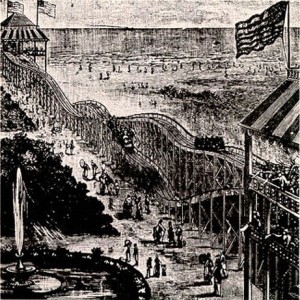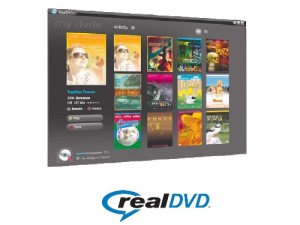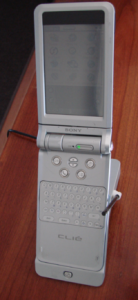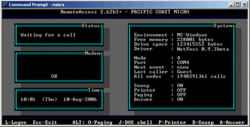January 20, 1885: the Gravity Pleasure Switchback Railway Patent
Subscribe! Spotify | RSS | More

1885 – Sounding like anything but a roller coaster, the Gravity Pleasure Switchback Railway was the first American designed amusement coaster designed by LaMarcus Adna Thompson. Only 5 cents to ride, the Switchback was a simple coaster that took you about 600 feet to the next tower at six miles per hour. It had a height of 50 feet and a drop of 43 feet.
It opened on June 16, 1884 and eventually was replaced. But on this day, the roller coaster saw one of its first patents from this ride.
Learn more about Patents: Ingenious Inventions, How they work and How they came to be from Amazon

Subscribe to Day In Tech History:
RSS Feed - iTunes - Android - Spotify - iHeartRadio
Facebook -
- RSS Bandwidth by Cachefly Get a 14 Day Trial
- Join me on Patreon and support Day in Tech History
- Robert and Carleen Thomas (Amature Action BBS) were raided
- Microsoft market value surpasses IBM for the first time to $26.78 Billion
- Microsoft sells all shares of Comcast








![RealDVD[1] RealDVD](https://dayintechhistory.com/wp-content/uploads/2013/09/RealDVD1-340x250.jpg)

![Hotmail[1] Hotmail](https://dayintechhistory.com/wp-content/uploads/2013/07/Hotmail1-340x250.png)

![200px-Sonu_PEG-NR70V[1] Sony Clie PEG-NR70](https://dayintechhistory.com/wp-content/uploads/2015/02/200px-Sonu_PEG-NR70V1-340x250.png)



